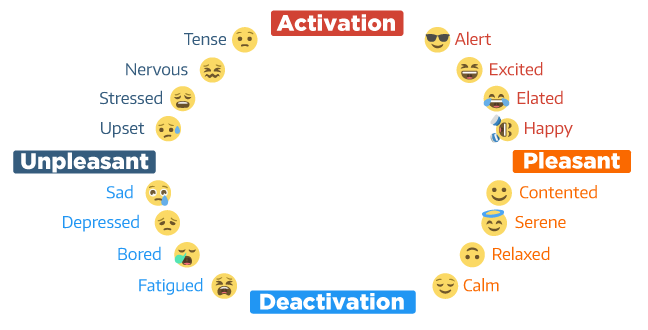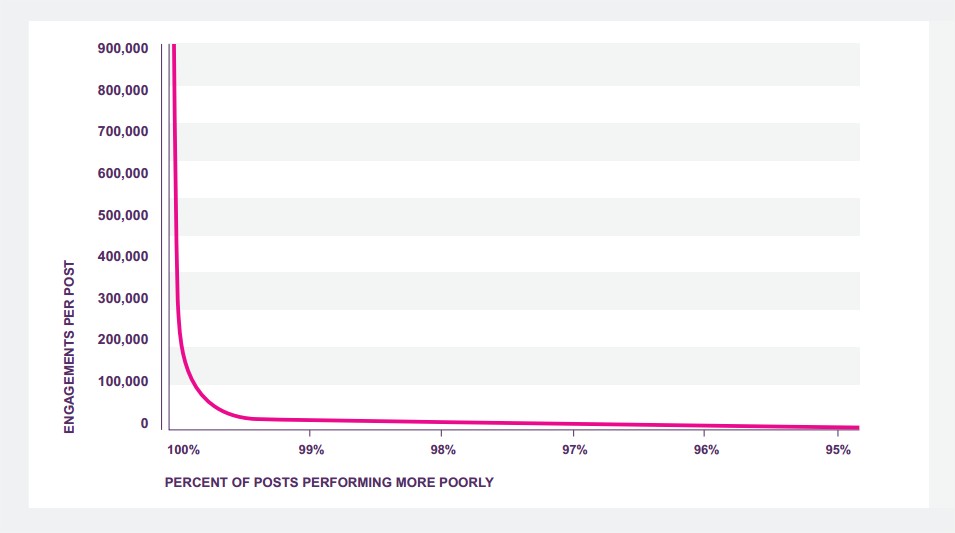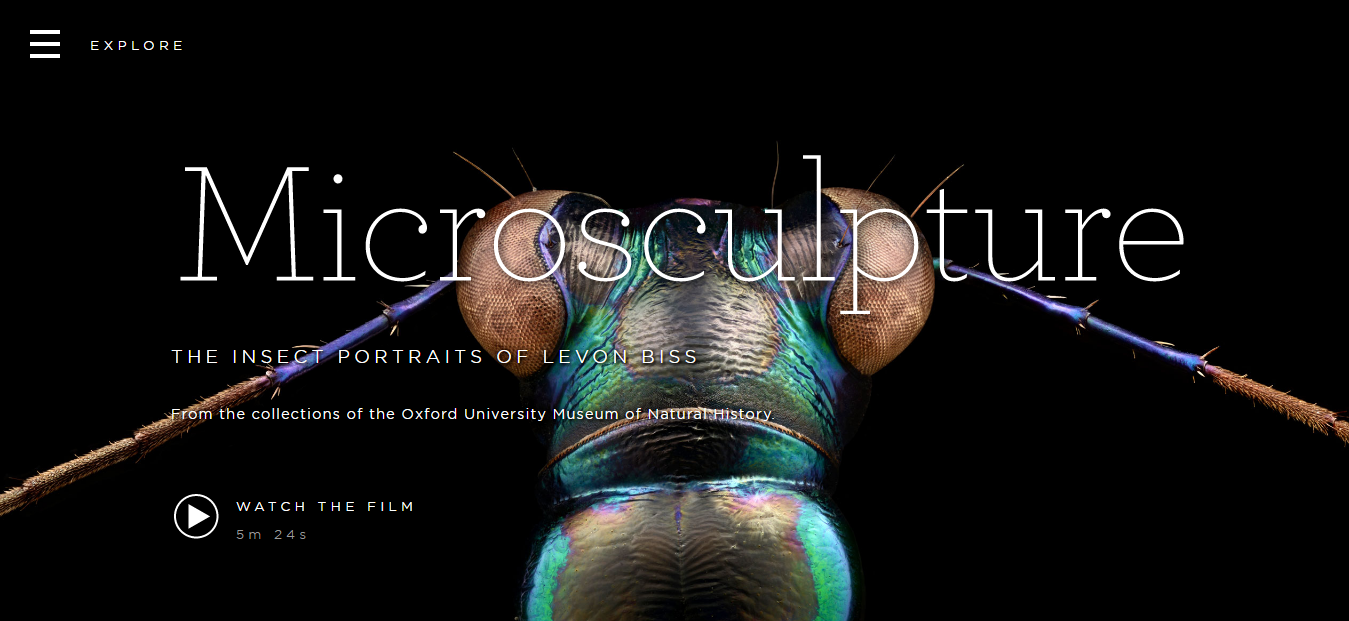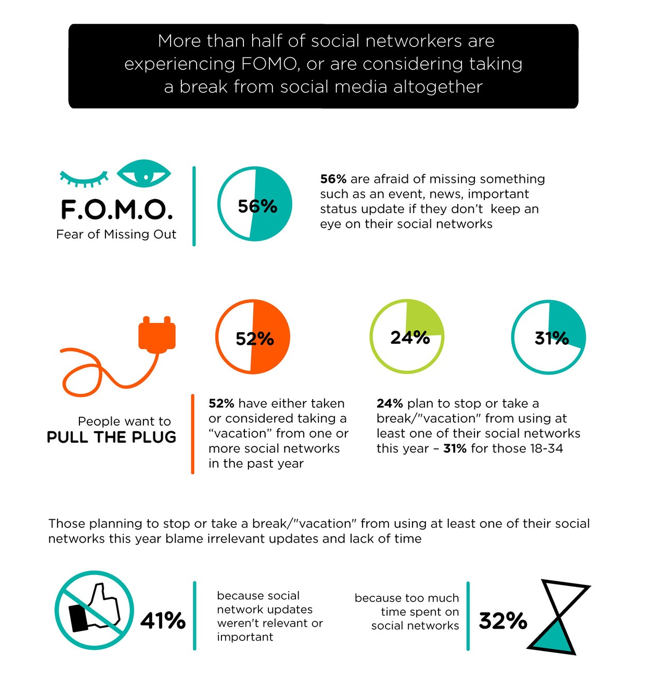Steph W. from SEOPressor


...help you check your website and tell you exactly how to rank higher?




...help you check your website and tell you exactly how to rank higher?



SUBSCRIBE TO SEOPressor BLOG
Join 50,000+ fellow SEO marketers!
Get SEOPressor latest insights straight to your inbox.
Enter your email address below:
84
score %
SEO Score

Found us from search engine?
We rank high, you can too.
SEOPressor helps you to optimize your on-page SEO for higher & improved search ranking.
By winniewong on November 29, 2019

We all get emotional. It’s hardwired into us.
Get ready, because we’re going to have to go down the rabbit hole a little bit here. Once we come out on the other side, you’ll be armed with a great understanding of the science of emotion and what emotion can do for you as a marketer for your social media marketing strategies.
So why do we have emotions? Where do they come from? Fascinatingly, we still haven’t nailed down where emotions come from – we know it has something to do with the limbic system in the brain, and that levels of different neurotransmitters are associated with different emotions. What we don’t know is the level of cause and effect at play.
Generally, emotion can be viewed as a triggered release of these neurotransmitters in response to a stimulus, where mood can be seen as a result of naturally changing levels of these chemicals.
The stronger our reaction to a stimulus, the more neurotransmitters are released and the bigger our reaction becomes.
While we might be still learning about how the process works, we do know that emotion has a huge effect on our motivation. In fact, one theory of emotion has categorized feelings by how activating (motivational) or deactivating (discouraging) the emotions are:

Got it? Great. This is the important part.
So, social media!
Social media is an amazing platform with incredible potential, but most people make next to no use of that potential whatsoever. SocialFlow did a study to test how much engagement can organic social posts get.

My colleague went in-depth on the science of social sharing, addressing this problem from a different perspective. I highly recommend you give it a read, as a lot of what he says there will help you enact what we’re going to discuss here effectively.
To harness the combined power of emotions and social media, it’s also important to understand empathy.
Empathy is a gift we have been given as humans, but its expression is different in every one of us. There are two main types of empathy:

In order to trigger the most powerful responses, we want to bypass cognitive empathy and strike right at affective empathy.
Why? Because emotions in social media are contagious.
Incidentally, does anyone else think it’s weird that we use words like ‘viral’ and ‘contagious’ to discuss ideas and emotions online? Maybe that’s why we’re getting so closed off to people and ideas we don’t already agree with – they sound like diseases!
Thinking about contagiousness in a positive way – when someone laughs, we feel a sudden urge to laugh too. You want to share the emotion. The laughing policeman is a classic example. It’s the reason comedians perform to large audiences instead of individuals.
Similarly, if you see someone suffer, you have an emphatic response to it. You feel the suffering. Charities like Oxfam and Barnados are famous for this, with graphic and upsetting adverts that try to push home the seriousness of the situation.
Most interesting is the fact that Barnados have flipped their approach this year, with a new ad that focusses on the positives – which reflects our first point on viral marketing through emotion!
A Buddhist proverb asserts that “Life is suffering”. Happiness lifts us up and out of this suffering, where sadness returns us to it.
We are built to strive, to improve things, to invent things, to use our imaginations, to tell stories. All these tendencies exist to help us escape the suffering that we experience in our day to day existence. In the modern world, that suffering is less than ever before, but it’s still there.
It should come as no surprise that happy content gets shared more than sad content. It offers an escape.
Case studies have demonstrated that by altering the amount of positive and negative content appearing on the news feed of a user, they altered the popularity of that user’s posts. More positive and less negative posts meant more popularity.
Not only that, posting positive news, but it also inspired other users in the network to do the same. This creates an upward spiral of happiness. Posting positivity on social media has a motivating effect on others to do the same. Not just to feel happier, but to spread the happiness.
When it comes to your social media campaigns, you can use happiness not just to motivate people in the immediate, but to condition them to be more likely to share in the long term.
Similarly, Fractl also found that content layered with and related to happiness was the biggest draw to encourage sharing among readers.

As a brand, you should leverage happiness, because it’s an opportunity to affect the well-being of your fans and followers. You improve their lives by doing so, and the only appropriate response is gratefulness.
To look back to our Barnados example, they changed the focus of their ad campaigns from sadness (demotivating) to triumph over adversity (motivating), because they’ve come to understand this basic principle.
A more fun example is Taco Bell.
They have a one-dollar breakfast menu and a “taco emoji engine” (more on emojis later!) to spread simple joy to their customer base through social media, generating loyalty and engagement in the process.
The power of awe is a fascinating subject. We are taught that when we are ‘made to feel small’ that this is an inherently negative thing. Despite this, awe makes us feel small and completely inspired at the same time.
For marketers, this means that eliciting a sense of awe will turn people into evangelicals, who want to share their transformative experience with others. Likes, comments, and shares are drawn out of people almost involuntarily, as a natural consequence of making people feel small, connected, yet powerful.
Dr. Brian Cox, inspired by Carl Sagan, said, “Life is the means by which the universe understands itself.”
While we may be a very small part of the universe, we are also crucial. Our ability to understand is a vital, significant, and meaningful process, despite our tininess in both the human population and the universe as a whole. Awe, I think, rewards us for our innate curiosity.
Awe begins with surprise. Awe doesn’t have to be on a grand scale. Indeed, many have found Levon Biss’ insect photography awe-inspiring.

Travel companies aim to make use of awe as natural wonder all the time. Oreo used a surprising perspective on their cookies during the SuperBowl Blackout to generate a huge response.
We can be awed by creativity, especially when it uses simplicity for emphasis.
Not all motivating emotions are positive ones. Anger is incredibly motivating and powerfully negative. As such, it can be used effectively but must be used with great caution.
Outrage is becoming a problem on the Internet. Indeed, outrage is proving addictive. The problem with outrage is that people can express it to earn social points (often by sharing the associated material, which can be great for you) without taking any action to change or improve the situation.
A famous example would be Kony 2012. One of the most shared viral videos of the year, it drew attention to, and stoked outrage over, the actions of Joseph Kony.
It achieved nothing. But that wasn’t the point. The point was to create a viral hit, and it did exactly that.
As for actually buying a product or service, it can only ever be framed as a source of removing that anger, or an action that will help demonstrate that anger to others. The recent controversy at Standing Rock has led to a huge range of t-shirts being produced, giving people an opportunity to express their anger.

Harambe’s shooting caused a similar response.

In each of these cases, anger is being channeled to motivate people to take action – whether it’s a social media share or a purchase.
Similarly, fear can be used in this way. The most potent fear on social media is the fear of missing out or FOMO.

The relief from fear can be powerful. If you can generate and take away the fear, you are effectively creating a market and selling to them. The proliferation of gluten-free products is an example of how a health-related fear has been created far in excess of how many people are truly affected.
There are a huge number of examples in cosmetics – men’s anti-aging wrinkle cream, and ‘anti-eye-bag’ roll-ons have created new fears in men over their appearance that they didn’t have before. The products may work the way they say they do, but the fear wasn’t there five years ago. Now it is because the companies created that fear.
We’ve talked about how positive messages are more compelling than negative ones, but there are, of course, textures that such a blanket statement is missing.
While simply making people sad might not help, there are other feelings associated with sadness: longing, frustration, and nostalgia are all negative emotions, but they’re all motivating.
Our brains are programmed to forget the negatives over time, which is what makes this call to the past so powerful. The future is unknown and scary, but the past is certain. Safe. We know we survived the past. The sadness of our present can be alleviated by looking at our past only because of this process.
Another amazing example of how to use sadness on social media is Brian Acton, Founder of WhatsApp, who tweeted in 2009 – “Facebook turned me down”.
There are a sense of sadness and nostalgia to the tweet, but his success story encapsulates the nature of positivity, of hope, and optimism. It was one sad day, but history has transformed it into a victory. As such, it’s been retweeted more than 10,000 times.
A similar example would be The Rock’s post on Instagram claiming he was completely broke at 23 years old, before becoming the world’s highest-grossing film star.
Think of the adversities your ideas have faced in bringing them to market. Share them with people. Use sad times positively and people will see your brand as a source of strength and inspiration for their own hardships.
As Marvin Gaye once told us, “We’re all sensitive people, with so much to give.”
People are emotional. Emotional connections are intrinsically linked to our motivations. Emotions also connect us to other people. Through emotions, we can, therefore, motivate not just one person but groups of people.
Evoking emotions can give us the power to create a result not just once, but again and again and again. If that result is ‘sharing a post’, then you just created a viral campaign.
More people buy GoPros than could ever need them because they’re a lifestyle product that makes us feel a certain way about ourselves.
Evoking emotion is a way of tapping into motivation, a way of bypassing pure logic alone, and a way of demonstrating that your brand cares about things, that it has a personality, and a ‘human side’. It makes the brand more relatable and easier to trust. All this will result in more shares, more enthusiasm, and more engagement from your audiences.
Hopefully, now you’ve understood the range of emotions that can be used to produce different social media effects, you are in a better position to understand how to use emotion to create an effective social media marketing (especially the positive effect of social media).
We’ve covered what emotions can be used and what effects they generate, as well as discussing some examples of how they have been used. This should give you the inspiration you need to look at ideas for using emotion in our own campaigns.
Emojis are an excellent way to convey emotion on social media platforms. A picture paints a thousand words, and emojis allow you to convey emotional cues with a single character. We’ve already covered that in our own article on emoji marketing campaigns, which will help you get to grips with how to use them effectively.
Adopting a tone of voice can mean a few different things, but it usually comes down to attitude (for ex: the quality or feeling in your voice expressed by the words you are using).
Tone needs to constantly evolve to meet the different emotions of your varying readers. When writing a 2000 words blog post, it can be hard to make sure every word choice and sentence we write is emotion-driven.
Thankfully, there is one such tool that can help you with this – BiQ!

A more recent trend in text analysis has now advanced to identifying the emotion behind a text, better known as sentiment analysis. Yes, you may be writing conversationally, but have you thought about what sentiment you are actually portraying?
Using BiQ’s Content Intelligence, you can have a one-click analysis of your content to discover its tone of voice, no matter if it is joy or sadness, or maybe you simply sound analytical or have no tone at all.

You can then further edit your paragraphs and redefine your sentiments (especially those with no tone) and add emotional words to keep your readers engage.
With this, not only will you be able to align with your reader’s emotions, but you’d also have peace of mind knowing that you aren’t annoying your readers. Go ahead and try this neat emotional analysis at BiQ today!
If you have any ideas or examples of emotions in social media marketing you think would be a valuable addition to the discussion, please add them in the comments below. Equally, if you have any questions or observations on emotions in today’s online world, feel free to discuss them with your fellow readers! I’ll be watching, and you may even inspire our next article on the topic.
This post was originally written by Joanne and published on December 19, 2016. It was most recently updated on November 29, 2019
Updated: 19 January 2026

Winnie is an aspiring copywriter & internet marketer in the vast world of digital marketing. She's as curious as she can be; constantly hunting for answers to her questions, never saying no to new experiences. When she's not spending her time typing up a storm, she is at home keeping up with her never-ending movie marathon & books.
Struggling with internal linking?
Wish you could...

Automate internal linking

Use optimized anchor text

Fix 18 issues like orphan pages

Get link reporting and analytics
Precise, Simplified, Fast Internal Linking.


Save thousands of dollars (it’s 100x cheaper)

Zero risk of Google penalty (it’s Google-approved)

Boost your rankings (proven by case studies)
Rank High With This Link Strategy
Precise, Simplified, Fast Internal Linking.


Subscribe and receive exclusive insider tips and tricks on SEO.
Delivered to you right from the industry’s best SEO team.
Copyright © 2026 SEOPressor. All Rights Reserved.
Powered by Semantics BigData Analytics (SBDA).
